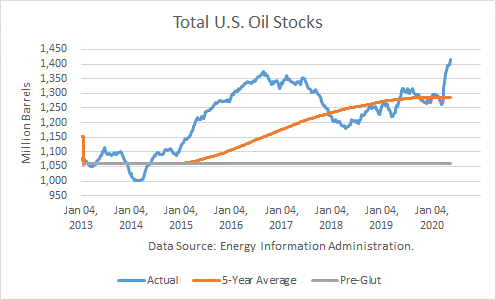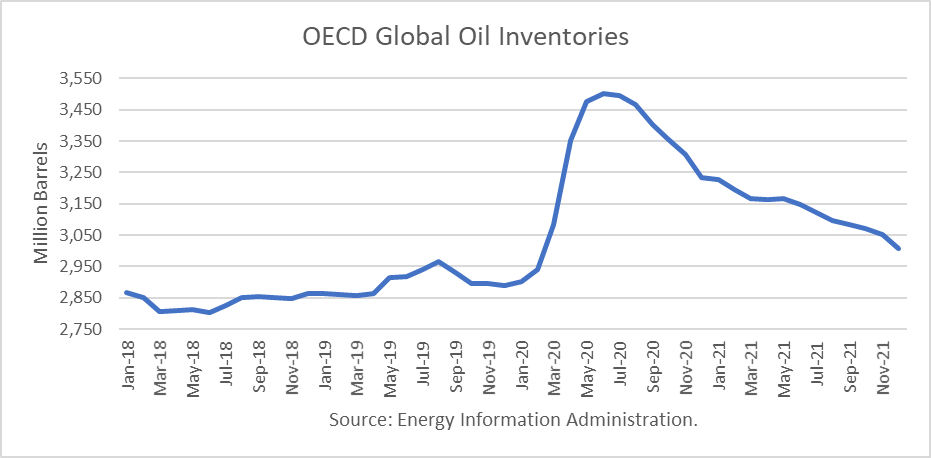The Energy Information Administration reported that March crude oil production averaged 12.716 million barrels per day (mmbd), down 28,000 b/d from February. Reductions occurred in the Gulf of Mexico (41,000 b/d) North Dakota (19,000 b/d), and Colorado (13,000 b/d). Because of the oil price war and demand destruction, the collapse in oil prices likely undercut output in March, but the substantial drop in production started in April.
Texas production rose by 67,000 b/d to an all-time high of 5.422 mmbd.
The gains from last April were still 824,000 b/d. And this number only includes crude oil. Other supplies (liquids) that are part of the petroleum supply fell 490,000 b/d from a year ago. Continue reading "U.S. Crude Oil Production Peaked In November"




